How to Run a Change Program in a Virtual Environment
How we deliver change has drastically… changed! I spent the past few weeks on the change course podcast talking about change facilitation in a virtual and hybrid world, and what you need to do to be successful.
But its not just facilitation that’s been altered. How we deliver a comprehensive change program is drastically different. While the structure of the team, and sponsorship may be the same, we need to pay closer attention to how we are building the program and community around the change, and how people can tactically collaborate and work with each other. In thinking about how to run a change program virtually, here are a few of tips that you need to be thinking about as you’re developing and running a virtual or hybrid change program.
Transparency
Making sure that your program, and the change is visible to the organization is going to help create trust and develop a sense of formality around the change. It used to be that the change team would sit all together in a conference room and work on the change until it was done! Not so much anymore! So being intentional about how you’re creating transparency is key. Can you use collaboration tools that your organization already has? Can you create a microsite, or location where people can learn more about the change and see progress? Making the work visible to others requires more planning and being intentional in the virtual world.
What content are you developing?
I remember when change involved getting the sponsor to speak at a town hall meeting and plastering the office with posters. In this virtual or hybrid world, you may still do some of these activities, but you’ve also got to be thinking about how you’re creating compelling content for the virtual environment.
Finding more ways to interact and engage your stakeholders is something that you need to be thinking about. Are you developing interesting events, or interactive activities that will help your stakeholders engage and adopt change? Are you using video, audio, and other ways to connect with your stakeholders? How can your sponsors contribute to this discussion?
Training programs are no longer classroom based. We are now delivering big training initiatives as virtual instructor led sessions, or completely as e-learning. If your change is process or behaviour focused, what can you do to imbed “micro learning” into critical steps of the process? In the contexts where people are interacting with technology, can you embed how-to guides, materials or videos that will help get people the content they need to adopt change, in the moment that they need it? This opens up so many more possibilities to assist adoption through creating just-in-time training and adoption materials.
Listening to stakeholders
In the past, we may have walked around the office, or had people find us for informal chats about change. We could often gauge the temperature of the office based on what we were hearing and seeing from our stakeholders. Now, we have to rely on the virtual world, which can feel sterile.
One of the ways I like to engage stakeholders now, is virtually, through focus groups. This may look like a change facilitation in a virtual environment, but generally, if I’m interested in learning more about change impact, and co-creation of the change, I need to hear from people in their own voices. Focus groups are a fantastic way to do this. Working within the teams that people already reside in will allow you to take advantage of the existing team dynamics and will help people feel more comfortable. If you’re working in a large organization, you can also invite or nominate participants, or even have them volunteer.
Relying on a peer network
May people will call this a change network or change champions. Recruiting peers to be part of the change and provide clear feedback and offer advice about how to bridge the current state to the desired change, will help immensely in the virtual environment. Choosing who needs to be part of this team is the subject for another article! But, creating a matrixed structure of team members within your change program will help create influence, momentum and feedback loops in the virtual space. Making this an official team, so that they can use collaboration tools to connect with each other is critical to making this work. Truthfully, change is still all about relationships, and finding people who can help you positively influence others through the strength of their relationships will make a huge difference in the success of your change.
Managing a change program with a virtual and hybrid team requires intentional planning and execution, but can ultimately lead to incredible results.
If you liked this post, you’ll find more from us in our monthly Navigator Newsletter. We share exclusive content and free resources with our subscribers. Don’t miss out, sign up today!
We also have a weekly podcast - Listen to the Change Course podcast on your favourite podcast app!

